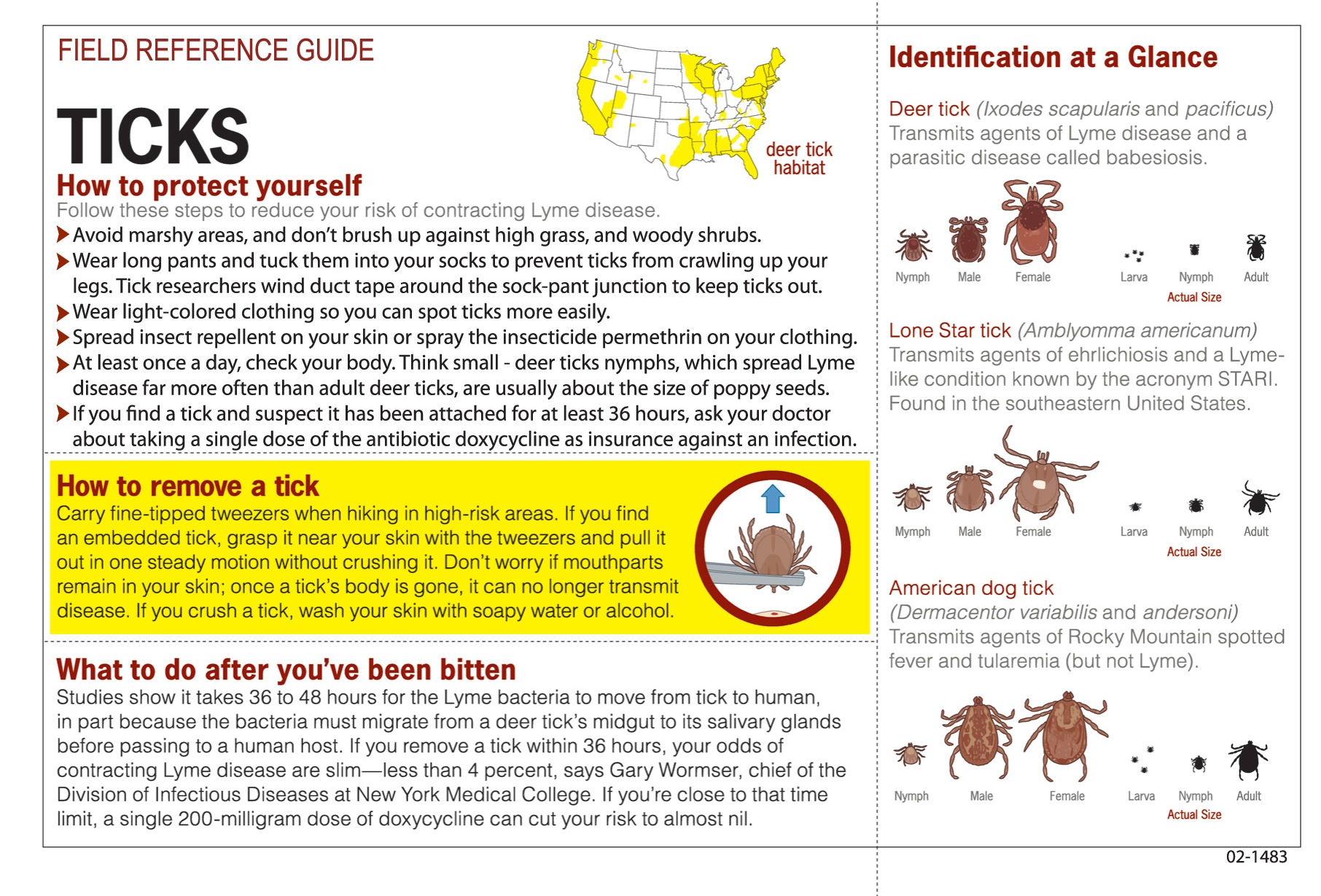|
|
About Me:I am pursuing a Master’s degree in the Integrated Biological Sciences program here at UMD. My undergraduate degree was a Bachelor of Arts, though I double majored in International Studies and Pre-med. I minored in Art and Chemistry. While still an undergraduate at UMD I was fortunate enough to gain my first lab and field experiences at the Large Lakes Observatory. I then went on to participate in the Pathways program my senior year, which placed me in Dr. Clarke’s lab. When I was a young girl, my grandmother instilled in me the importance of family, community, and service to others. With these values as a foundation, I advance my education and practice of science to not only grow in my own understanding of the world, but how to better my role in it. ~Veronica Aili Nelson |
||||
Introduction:Lyme disease is a tick-borne infection caused by a spirochete bacterium, Borrelia burgdorferi, which can lead to chronic, debilitating complications, so it is important to identify high-risk areas for contracting this microbial infection. A zoonose, Borrelia burgdorferi transfers from non-human to human hosts via a primary vector, deer ticks, Ixodes scapularis. The ticks’ first contact with B. burgdorferi seems to be through feeding on the white-footed mouse, Peromyscus leucopus, a common host for immature ticks. As areas of Minnesota become increasingly susceptible to rodent and tick populations per climatic trends, people are at heightened risk for exposure to Borrelia burgdorferi in addition to other pathogenic elements.Thesis Statement:ECOLOGICAL PREVALENCE OF SPIROCHETE BORRELIA BURGDORFERI IN REGIONS OF MINNESOTAAIMS
|
|||||
High School and Community Involvement:
Students from Cloquet , Eveleth and Esko High Schools have been actively involved in the tick collecting aspect of this research. |
I offer a Tick Awareness Workshop providing information on the bacteria, the disease process, the collection methods, data analysis, as well as offer techniques for guarding against ticks, how to identify ticks and areas of risk, how to recognize symptoms of Lyme, and how I test for Lyme.
If you are a teacher and you are interested in involving your students in this project or are interested in having me speak | ||||
General Awareness and Prevention:
|
|||||
|
|||||


 Students and their hand-crafted tick “drag”, the apparatus for catching ticks.
Students and their hand-crafted tick “drag”, the apparatus for catching ticks.
